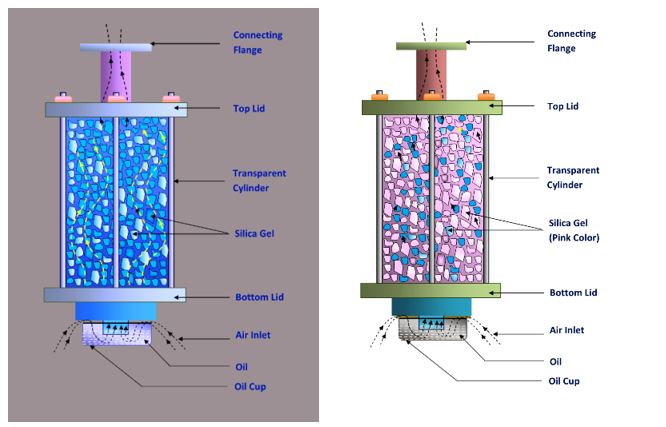Category: Blog

Types of Transformer Windings: Cylindrical, Helical, Crossover & Disc Winding
Core and Windings of Three Phase Core Type Transformer Different types of windings are used for different kinds of applications and arrangements. Windings are conductors wrapped in various forms like helical, disc, cylindrical, and crossover which generate MMF (Magnetomotive force) that is carried by the...
Continue Reading
Buchholz Relay in Transformers – Buchholz Relay Operation and Principle
What is Buchholz Relay? A Buchholz relay is a safety device mounted on some oil-filled power transformers and reactors, equipped with an external overhead oil reservoir called a “conservator”. Buchholz relays are used as a protective device, as they are sensitive to the effects of...
Continue Reading
Temperature Rise Test of Transformer
Introduction A temperature rise test of a transformer is an important test that should be included in any type test of an oil transformer. In this test, we check whether the temperature rising limit of the transformer winding and transformer oil is as specified by...
Continue Reading
Commissioning of Power Transformer
In our technical article this week, we will talk about the commissioning of the power transformer. After, installation of power transformer, several pre-commissioning tests to be done before putting the transformer in service. Along with different pre-commissioning tests, different instruments associated to the transformer also...
Continue Reading
Dry Type Transformer Percent Impedance Definition
Introduction The percent impedance is the percent voltage required to circulate rated current flow through one transformer winding when another winding is short-circuited at the rated voltage tap at rated frequency. %Z is related to the short circuit capacity of the transformer during short circuit...
Continue Reading
Hysteresis Eddy Current Iron or Core Losses and Copper Loss in Transformer
[caption id="attachment_6431" align="aligncenter" width="529"] Fig. 1 Hysteresis Curve[/caption] As the electrical transformer is a static device, mechanical loss in transformer normally does not come into picture. We generally consider only electrical losses in transformer. Loss in any machine is broadly defined as difference between...
Continue Reading
CASE STUDY 5 – Effect of Using Paper Insulated & Enameled HV Wires
1600 kVA 33/0,4 kV Dyn11 Tier-2 Losses Al Winding Transformer LV Foil & HV Paper Insulated & Enameled Wire
Continue Reading
Transformer Coil Design and Parameters
Transformers are essential components used for transferring electrical energy from one circuit to another. These devices consist of a magnetic core around which primary and secondary windings are wound. The performance of transformers, especially in high-frequency applications, depends on the quality of coil design. Coil...
Continue Reading
Silica Gel Breather of Transformer
Whenever an electrical power transformer is loaded, the temperature of the transformer insulating oil increases, consequently the volume of the oil is increased. As the volume of the oil is increased, the air above the oil level in the conservator will come out. Again at...
Continue Reading
Efficiency of Transformer
Transformer efficiency is achieved when the magnetic coupling between the primary and secondary windings is used in the best possible way. Efficiency indicates how much of the electrical energy supplied to the transformer is converted into output. Low efficiency leads to energy loss. Factors to...
Continue ReadingCopyright 2020, All Rights Reserved
